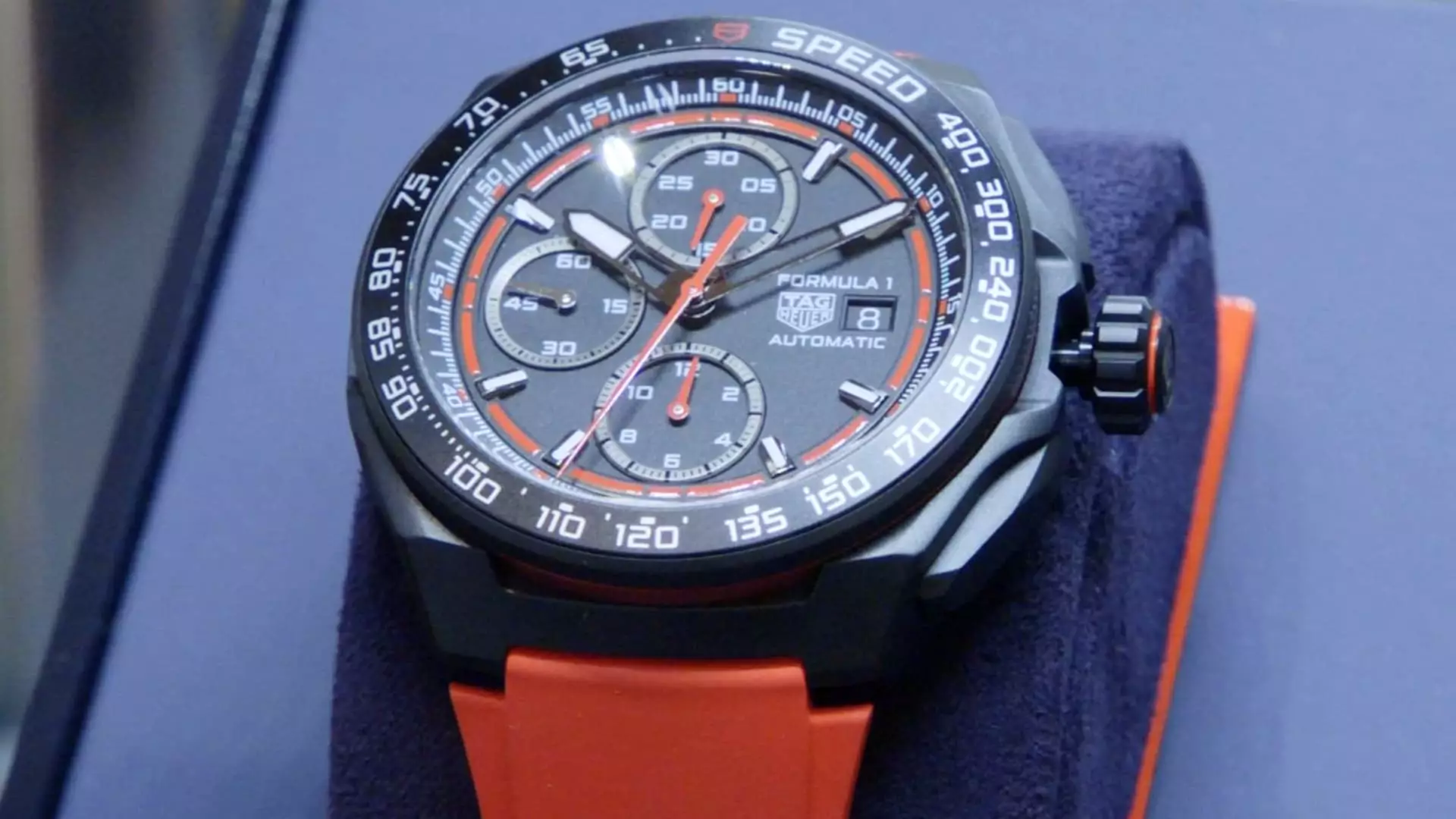Luxury brands faced a challenging year in the economic landscape, marked by fluctuating consumer behavior and international tensions. However, recent reports suggest a revitalization in sales for the watch and jewelry division of LVMH, one of the largest luxury conglomerates in the world. This resurgence, fueled by optimistic forecasts and innovative product launches, raises questions about the sustainability of this momentum, especially in the face of ongoing risks such as tariffs and economic challenges in key markets like China.
LVMH’s latest earnings call revealed that its watch and jewelry group experienced a modest yet significant 3% increase in sales during the last quarter. This recovery comes after a series of declines over previous quarters, contrasting starkly with the company’s fashion and leather goods division, which reported a decrease of 1%. This shift indicates not only a recovery in consumer demand but also hints at a broader shift towards luxury items as a form of investment and personal expression during uncertain times.
Key executives from brands like Bulgari and Tiffany & Co. have expressed cautious optimism regarding the future, particularly in the run-up to 2025. The executives believe that heightened spending among American consumers is a crucial driver of this recovery. The luxury market thrives on consumer confidence, and the sentiment seems to be bolstered by sociopolitical factors such as the recent U.S. presidential election, as evidenced by remarks from Tiffany’s CEO, Anthony Ledru. He suggests that clearer political leadership has instilled a sense of clarity and confidence among affluent shoppers, which is essential for luxury sales.
Despite this positive outlook, the luxury sector must navigate significant challenges, particularly concerning international trade dynamics. The potential imposition of tariffs, particularly under the specter of the contentious geopolitical backdrop between the U.S. and Europe, represents an existential threat to luxury brands whose products are intricately linked to specific regions, such as Swiss-made watches. This uncertainty could hinder the recovery or even result in further declines in sales, particularly if wealthier American consumers divert their purchasing habits towards Europe to avoid tariffs.
This looming specter has led LVMH executives to emphasize a wait-and-see approach regarding policy developments. While they possess robust experience in managing tariffs and duties across various international markets, the reality remains that any significant changes could drastically reshape consumer behavior.
In response to potential market shifts and consumer demands, LVMH’s brands are aggressively launching new products. For instance, Louis Vuitton unveiled its “Tambour Taiko Spin Time” collection, which creatively pays homage to vintage airport displays. This innovative positioning strategy is indicative of the company’s broader ambition to redefine itself as a leader in high-end watchmaking, a sentiment echoed by Jean Arnault, who acknowledges the long-term vision necessary for the brand’s evolving reputation.
TAG Heuer also announced a dynamic partnership with Formula 1, seeking to revitalize consumer interest and boost sales. Initial reports show a positive reception as sales surged following the announcement. This shift reflects a strategic pivot aimed at capitalizing on pop culture events, leveraging social media for swift market feedback, and engaging a younger demographic that values authenticity and excitement.
As the consumer landscape shifts, brands like Bulgari are witnessing changing demographics among their clientele. The luxury market is experiencing a new wave of diversity, particularly with rising female purchasing power. Increasing financial independence among women has altered the dynamics of luxury consumption. No longer is the majority of luxury jewelry purchased as gifts; women are now buying consciously for themselves.
This transformative shift in consumer behavior signifies not only a revolution in how luxury is viewed but also how brands define their target demographics. Bulgari’s CEO highlights the importance of addressing these shifting paradigms, particularly during the Year of the Snake in the Chinese zodiac, which offers brands an opportunity to resonate culturally with consumers.
While LVMH’s watch and jewelry segment is enjoying a resurgence driven by increased consumer spending, innovative product offerings, and evolving market dynamics, the path forward is fraught with challenges. The company must remain vigilant in the face of potential tariffs and political tensions while adapting to rapid changes in consumer behavior.
As brands set their sights on long-term growth strategies, the focus must remain on enhancing product quality, engaging customers effectively, and leveraging cultural connections. As LVMH navigates the complexities of the luxury landscape, the question remains whether this recovery is sustainable and whether it will pave the way for an even more vibrant luxury market in the years to come.

Leave a Reply